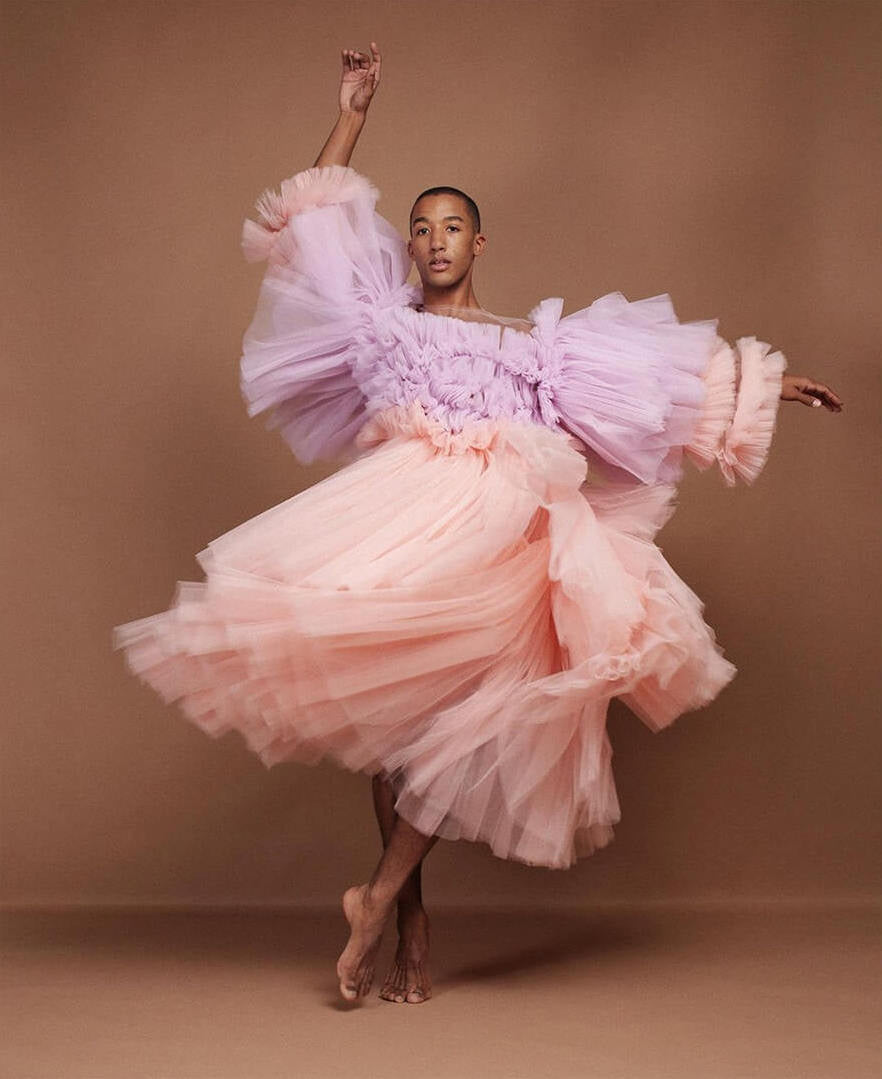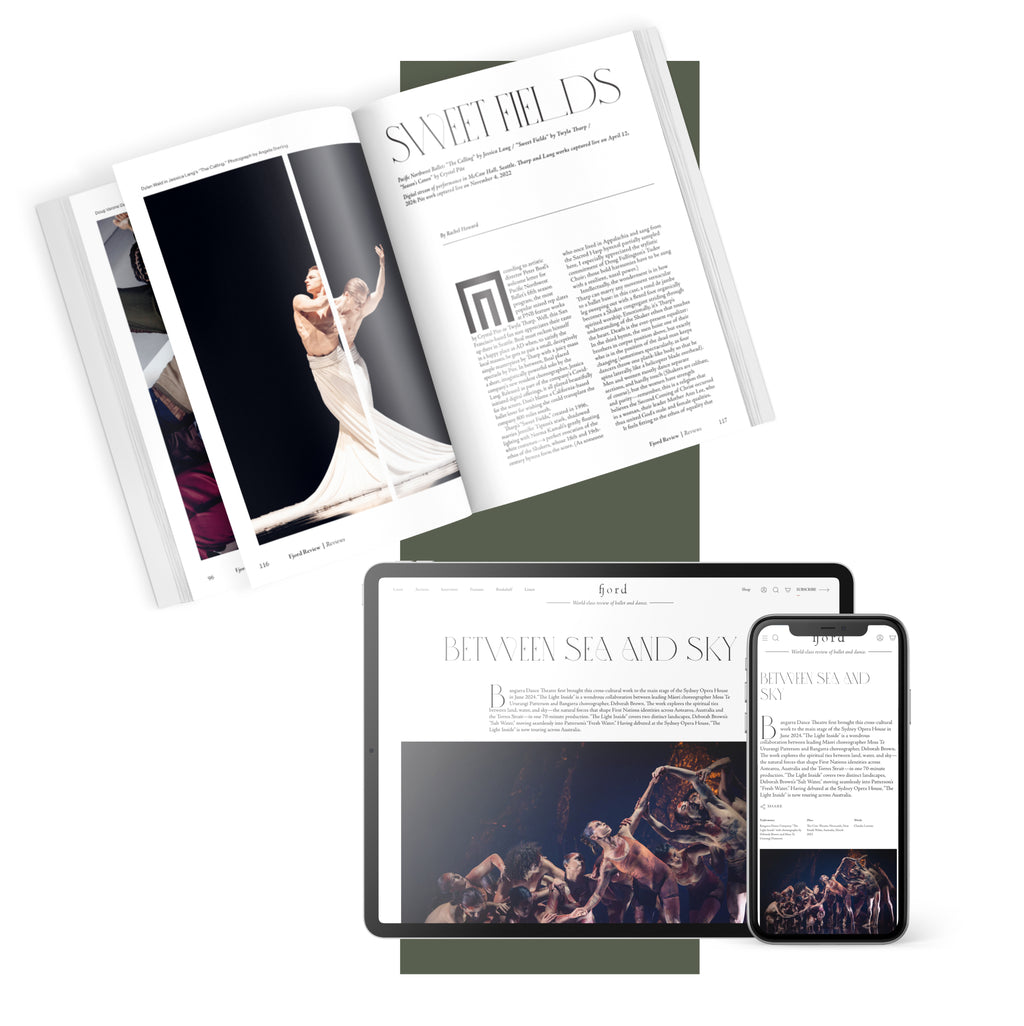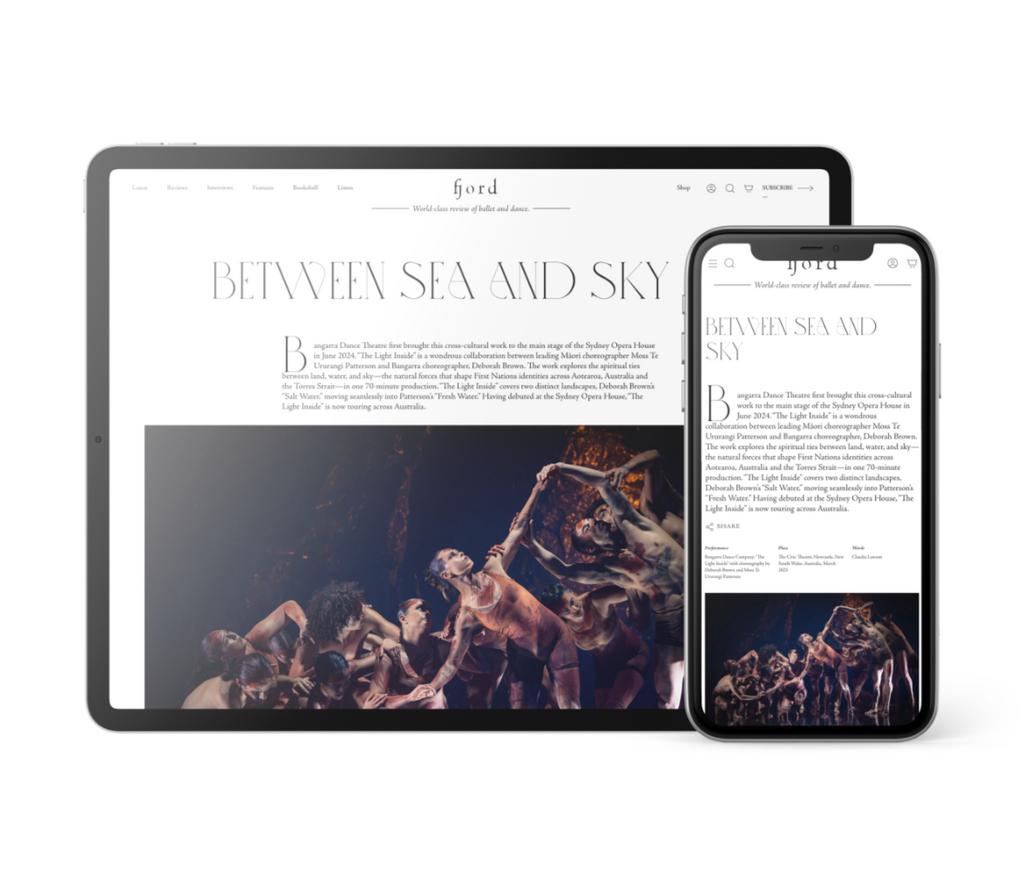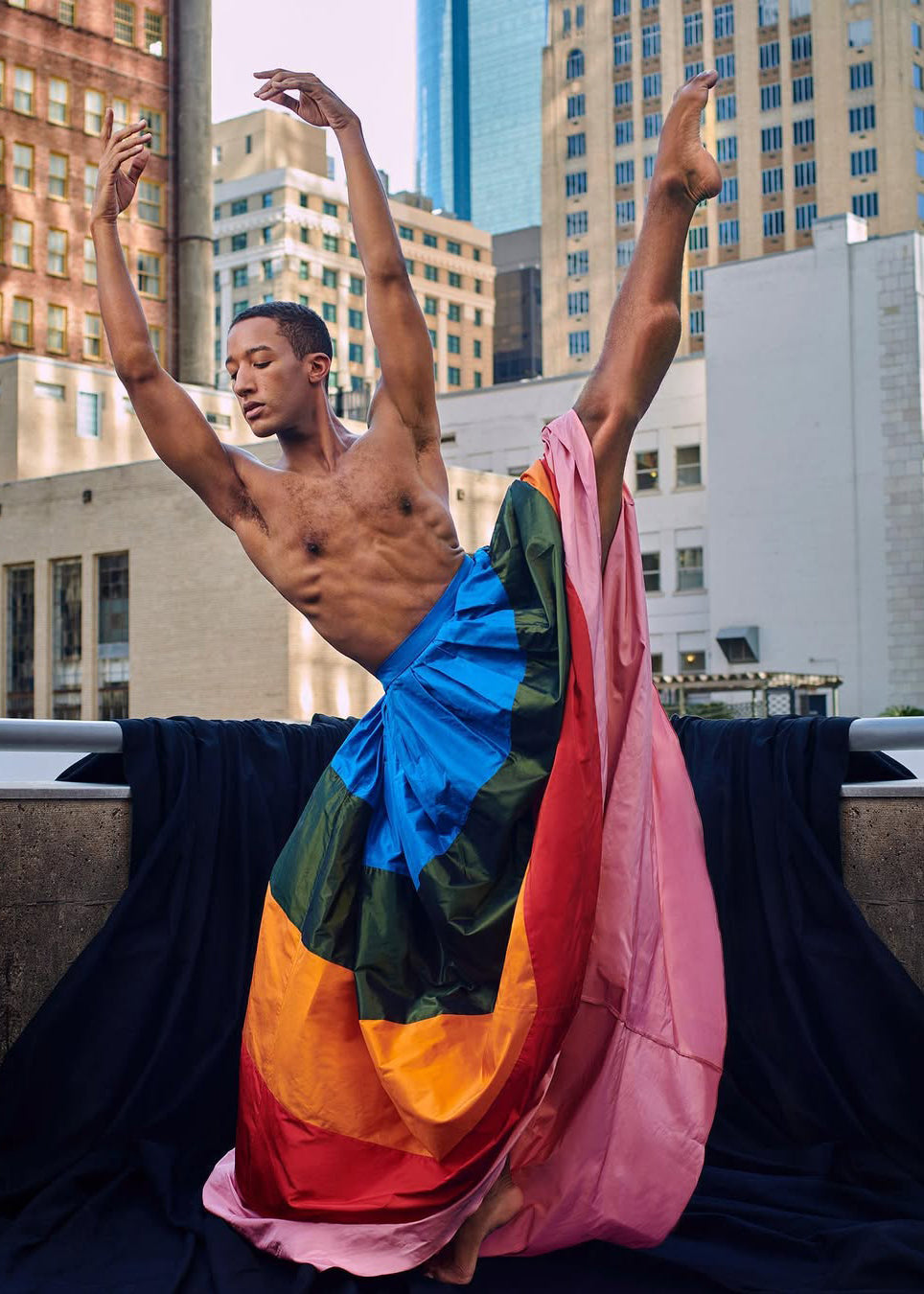Mishima’s Muse
Japan Society’s Yukio Mishima centennial series culminated with “Mishima’s Muse – Noh Theater,” which was actually three programs of traditional noh works that Japanese author Yukio Mishima adapted into modern plays.
Plus
World-class review of ballet and dance.
If ballet and politics were ever a thing, Houston Ballet principal Harper Watters is, perhaps, one of its staunchest advocates. Indeed, adopted at two weeks old by Jan Alberghene and David H. Watters, both English professors until the senior Watters entered government, where he’s been serving as a member of the New Hampshire Senate since 2012, dancer Watters is not only the first queer Black principal at Houston Ballet, but also identifies as a “part-time, high-heeled wearing social media enthusiast.”
In other words: Watters’ talents, including his personal brand of activism, are next level.



“Uncommonly intelligent, substantial coverage.”
Your weekly source for world-class dance reviews, interviews, articles, and more.
Already a paid subscriber? Login

Japan Society’s Yukio Mishima centennial series culminated with “Mishima’s Muse – Noh Theater,” which was actually three programs of traditional noh works that Japanese author Yukio Mishima adapted into modern plays.
PlusThroughout the year, our critics attend hundreds of dance performances, whether onsite, outdoors, or on the proscenium stage, around the world.
PlusOn December 11th, the Alvin Ailey American Dance Theater presented two premieres and two dances that had premiered just a week prior.
PlusThe “Contrastes” evening is one of the Paris Opéra Ballet’s increasingly frequent ventures into non-classical choreographic territory.
Plus
comments